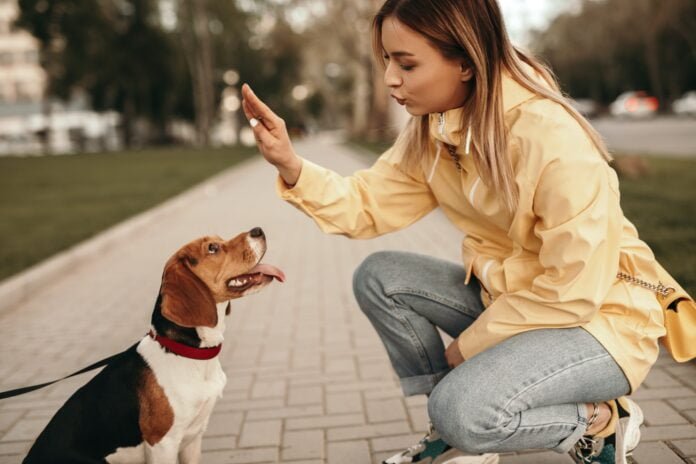

Hey there, fellow dog lover! Ever been baffled by your furry friend’s behavior, wondering if there’s a more empathetic, effective way to train ’em? Well, y’all are in for a treat! Dive deep with us as we unlock the secrets of “bubble theory dog training.” This ain’t your average training spiel – it’s a game-changer, promising a closer bond with your canine pal.
Packed with pro tips, we’ve crafted this guide, especially for folks like you. Feeling lost in the world of dog training? No worries, we got your back. Stick around, and let’s unravel this together, paving the way for a happier, well-trained fur baby. So, let’s fetch those insights, shall we?
Demystifying Bubble Theory Dog Training
Ever watched a dog retreat to its favorite nook when there’s too much ruckus? Or maybe noticed how Rover gets a bit antsy when strangers get too close? That’s all about personal space, folks! In the vast universe of dog training, understanding your pup’s “bubble” is the golden ticket. Bubble Theory Dog Training isn’t just some fancy jargon; it’s the key to unlocking a deeper bond with your canine companion.
Think about it: we humans cherish our personal space, and our dogs are no different. By recognizing and respecting their invisible boundaries, we pave the way for mutual trust and effective training. So, before we dive into the nitty-gritty of this groundbreaking method, it’s crucial to grasp the essence of these canine bubbles. Ready to explore the origins of this fascinating approach? Alright then, let’s move on and delve into the birth of the Bubble Theory.
The Birth of Bubble Theory
Ever scratched your head wondering where “Bubble Theory Dog Training” first popped up? Kinda feels like chasing the roots of your family’s legendary pasta sauce, doesn’t it? Initially, top-notch trainers observed that our four-legged buddies had these special “comfort zones.” The focus shifted from the usual commands to zooming in on these unseen boundaries. And just like that, Bubble Theory was born, flipping the script on traditional dog training.
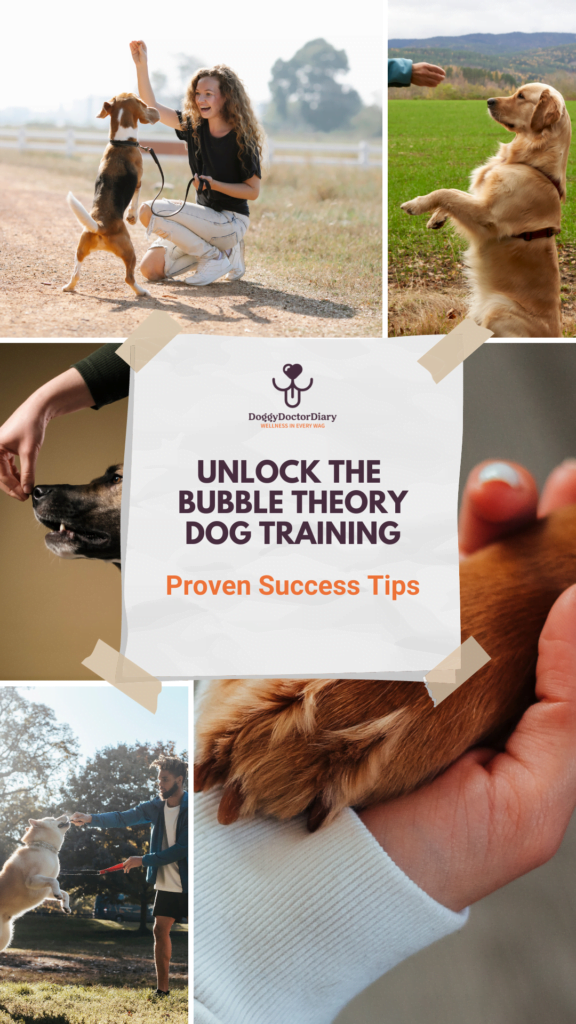

So, what’s fueling its skyrocketing popularity? Well, innovation and stepping out of the box have always been in our DNA. Dog aficionados are realizing that with this method, we’re not merely giving orders. Nope, we’re syncing up, understanding, and jiving with our canine companions. It’s not about establishing dominance anymore; it’s about harmony, understanding, and dancing to the same rhythm. Now that we’ve unraveled its roots and the buzz around it, let’s delve deeper and unpack the nuts and bolts of this groundbreaking technique.
Understanding the Bubble: The Basics
Alright, folks, let’s dive right in. When we talk about the “bubble” in dog training, we ain’t discussing those soapy spheres kids love to chase. Nah, it’s about that invisible comfort zone surrounding our canine companions, a sort of personal space where they feel safe and, well, comfortable. Recognizing and respecting this bubble makes a world of difference in how we communicate and bond with our furry pals. It’s like having a secret handshake but way cooler.
Now, onto the big question: Why the term “bubbles”? Psychologically speaking, bubbles are delicate, fluid, and personalized, much like our pups’ boundaries. Every dog has its bubble radius, influenced by factors like past experiences and personality. By tuning into this, we’re tapping into their psyche, finding that sweet spot where trust and training meet.
Feeling enlightened? Awesome! As we’re getting the hang of the whole bubble thing, let’s shift gears and explore how we can put this theory to practice in our day-to-day training sessions.
Implementing Bubble Theory in Everyday Training
Ready to roll up those sleeves and get down to the nitty-gritty? Let’s talk about practical, hands-on steps to incorporate Bubble Theory in your daily doggo routines.
Start Slow, Go Steady:
First off, don’t rush things. Just as you wouldn’t barge into someone’s personal space, approach your furry friend’s bubble with caution. Observe their reactions when you come close. Does their tail wag a tad slower? Do they shift away? These are your clues. Start by rewarding them whenever they allow you to enter their space without showing signs of discomfort.
Consistency is Key:
This ain’t a one-and-done deal. Make it a part of your daily interactions. Every time you play, feed, or cuddle, be aware of that bubble.
Now, let’s talk heart-to-heart. Bubble Theory ain’t just about training; it’s about deepening the bond you share with your four-legged sidekick. Building trust is a dance, a two-step of give and take.
Active Listening:
No, your dog ain’t gonna spill the beans about their day, but their body language? That’s a whole conversation! Tune into their cues. If they seem tense, back off a bit. If they’re relaxed, reward them with a treat or a gentle pat.
Respect the Bubble:
It sounds simple, but it’s profound. Respecting their space signals to your pup that you’re trustworthy. This doesn’t mean you’re walking on eggshells around them, but rather you’re in sync with their boundaries.
Celebrate Small Wins:
Noticed your pup allowing you closer during playtime? That’s a win! Remember, every step forward, no matter how tiny, is progress in building trust and better communication.
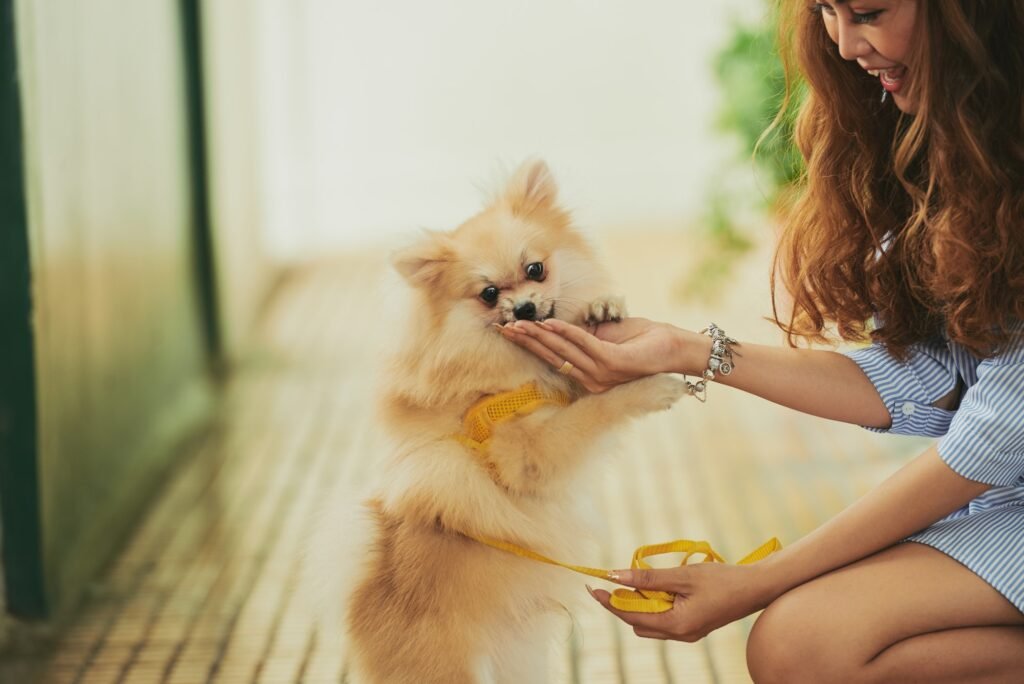

By now, you should be buzzing with all this bubble knowledge. Feeling the connection growing stronger with your pup? That’s the magic of the Bubble Theory! As we journey together in this dog-training realm, next up, we’ll explore the myriad benefits that this approach brings to the table. So, let’s move on and discover more!
Benefits of Bubble Theory Dog Training
Every now and then, a game-changer comes along that makes you think, “Why didn’t I hop on this sooner?” The Bubble Theory is one such revelation in the world of dog training, and folks, the success stories are pouring in like hotcakes!
Sara’s Testimony: “Before Bubble Theory, Max was this jittery ball of nerves. Every time I’d approach, he’d skedaddle. It broke my heart. But once we started implementing the bubble approach? It’s like night and day! He’s more relaxed, and we share this crazy-cool bond now.”
Jake’s Two Cents: “Lola would bark at any and everything. I was at wit’s end! Bubble Theory was my last shot. Now? She’s calmer, happier, and we’re vibing on a whole new level!”
But it ain’t just about success stories; it’s the science and psychology behind it. When you tap into Bubble Theory, you’re not just training; you’re understanding, respecting, and vibing. Let’s break it down:
Transformative Behavior:
By recognizing and respecting a dog’s personal bubble, you’re laying the foundation of trust. And with trust? You see behavioral shifts. Those random tantrums? The unnecessary barking? They start to dwindle as the pupper feels more understood.
Deepening the Bond:
Every pet owner dreams of that movie-like bond with their furry friend. You know, running in slow motion across a field, wind in your hair, all that jazz. With Bubble Theory, you inch closer to that dream. By synchronizing with your dog’s personal space and rhythm, you’re not just a pet and owner; you’re partners in crime.
When you add it all up, the benefits of Bubble Theory are crystal clear. It’s transformative, enriching, and downright heartwarming. Now that we’ve unlocked these benefits, how does it stack up against other training methods? Time to dive deep and compare! So, let’s move on and check out the bigger picture.
Comparing Bubble Theory with Other Dog Training Techniques
Now, let’s chew the fat and see how Bubble Theory stands toe-to-toe with some of the big dogs of training techniques.
Bubble Theory vs. Clicker Training:
We’ve all seen (or heard) the clicker in action. It’s all about positive reinforcement – you click, treat, and praise. Bubble Theory, on the other hand, takes a more holistic approach. Instead of relying solely on treats, it focuses on understanding your dog’s space and boundaries. It’s like comparing a one-size-fits-all hat to a custom-fit cap – the latter just feels better.
Bubble Theory vs. Dominance-Based Training:
Dominance-based training has been around for a hot minute, and it’s all about establishing who’s the head honcho. It’s a world where the human is the alpha, and the dog falls in line. Bubble Theory flips the script. Instead of trying to be top dog, it’s about mutual respect and vibing with your pet. Think of it as dancing with a partner rather than leading with an iron grip.
When you boil it down, Bubble Theory isn’t about one-upmanship or treats on repeat. It’s about synergy, understanding, and being in tune with your four-legged friend. And that’s some real talk!
Eager to boost your Bubble Theory game even more? Well, there’s some nifty tools out there to take your training to the next level. So, let’s move on and gear up for success.
Tools to Enhance Your Bubble Theory Training
Alright, let’s cut to the chase. You’re jazzed about Bubble Theory, but how do you soup-up your game? It’s not just about the theory; it’s also about the tools that make the magic happen. Here’s the lowdown:
Treat Pouches:
You don’t wanna be fumbling around your pockets for treats, right? Grab a treat pouch! It keeps those rewards handy and lets you keep the focus on training, not snack hunting.
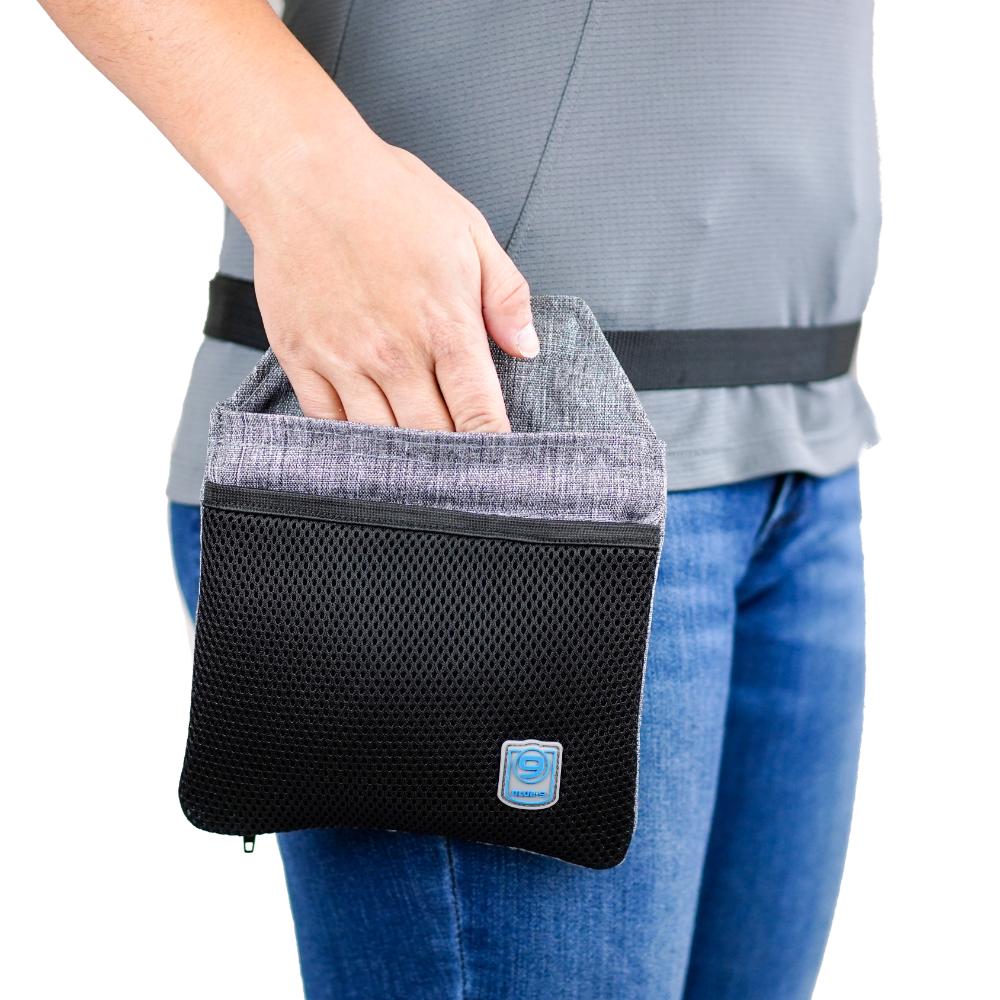

Clickers:
Even though Bubble Theory isn’t just about the click, these babies can be handy. They’re like an instant “Good job!” button for your fur buddy.
Appropriate Leashes:
Forget those retractable leashes that go on for miles. Get a sturdy, fixed-length leash to maintain control and keep your dog’s bubble intact.
So, there you have it. The right tools can make a world of difference, helping you and your pup get in sync in no time. With these in your arsenal, you’re set to ride the Bubble Theory wave to success.
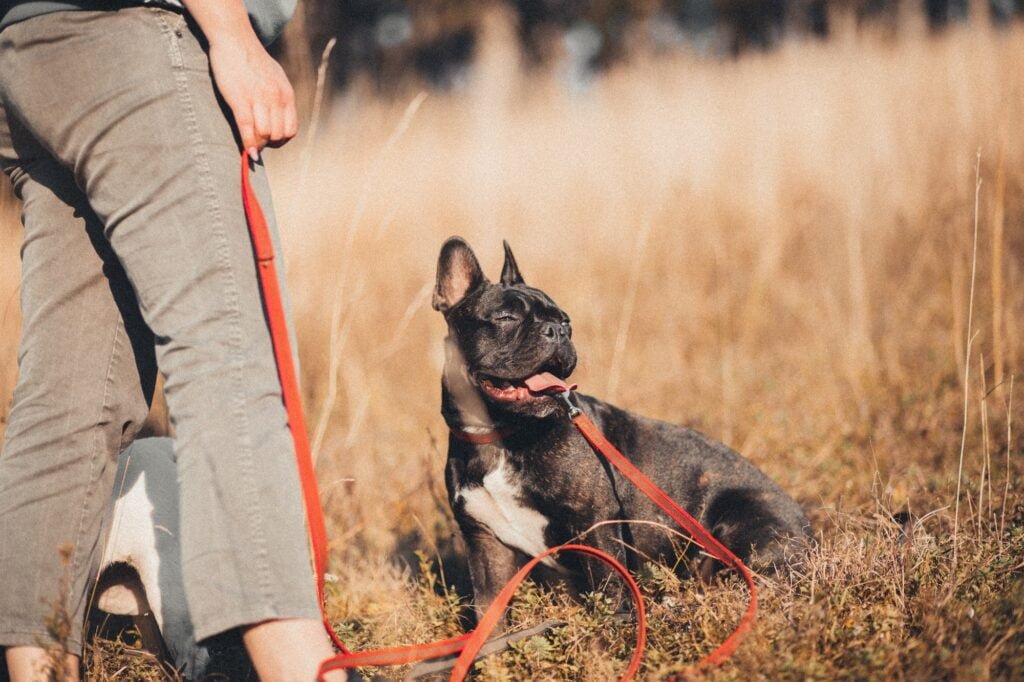

Speaking of success, once you’re equipped with the tools and the know-how, the next step is finding a top-notch trainer to guide the way. Ready to dive in? Let’s move on and make sure you’re picking the best of the best.
Choosing the Right Trainer: A Quick Guide
Alright, so you’re jazzed about Bubble Theory, and you’ve got the gear. But hold up! Before you dive deep, you need the ultimate guide to reel in the perfect trainer.
Finding Trainers Who Specialize in Bubble Theory:
You wouldn’t hire a fish to teach you to fly, right? Same logic applies here. Dive into dog forums, local training schools, and heck, even that neighborhood Facebook group. Word of mouth can be golden. And keep an eye out for trainers who’re vocal about the Bubble Theory – they’re the ones with the passion and the know-how.
What to Look For: Certifications, Experience, and Testimonials:
Certifications:
Your doggo deserves the best. So, scan for credentials. Certified Professional Dog Trainer (CPDT) is a solid start, but if they’ve got specialized Bubble Theory certs, that’s the cherry on top.
Experience:
Years in the game matter. But beyond that, it’s the types of dogs they’ve trained, the challenges they’ve tackled. Ask for specifics – breed expertise, age range, you name it.
Testimonials:
Reviews are more than just stars. They’re stories. Dive into those tales. Did a trainer turn a shy pupper into a confident canine? Did they transform a feisty furball into a composed companion? Those transformations? That’s the magic you’re after.
Now that you’re armed with the inside scoop on finding your dog’s next mentor, what’s next on the journey? You guessed it – let’s tackle some myths and misconceptions! So, ready to bust some bubbles? Let’s move on!
Common Myths and Misconceptions
Buckle up, folks, ’cause it’s time to pop some misconceptions about Bubble Theory dog training!
It’s Just a Fad!: Bubble Theory isn’t the newest dance craze; it’s rooted in deep understanding and tailored techniques. Just ’cause it sounds fun, doesn’t mean it’s not legit.
All Fluff, No Results:
Heard someone say Bubble Theory is all about playing with no training? Baloney! It’s all about structured fun that yields real results.
Too Complex for Older Dogs:
You’ve heard the saying, “You can’t teach an old dog new tricks”, right? Well, toss that out the window. Age ain’t nothing but a number, and Bubble Theory’s versatile approach suits pups of all ages.
So, got all that? Good. Now, I bet there are still burning questions on your mind, like “How do I start?” or “What treats work best?” Well, guess what? We’re diving deep into that next. So, if your brain’s buzzing with Bubble Theory queries, let’s move on and get those answers!
Frequently Asked Questions (FAQs) About Bubble Theory
Alright, let’s get straight to it. Here are the answers to those pressing Bubble Theory Dog Training questions you’ve been pondering:
What exactly is Bubble Theory?
Bubble Theory isn’t just blowing bubbles and hoping your pup behaves. It’s a nuanced approach focusing on the dog’s personal space, understanding their reactions, and tailoring the training accordingly. Think of it as tapping into their mind, not just their behavior.
Is this suitable for hyperactive dogs?
Absolutely! In fact, it’s a game-changer for those energetic furballs. The approach channels their energy positively, making training a breeze.
Do I need special tools?
Basic tools like treat pouches, appropriate leashes, and sometimes clickers are handy. But remember, the real magic is in the method, not the gear.
How soon can I see results?
Patience is key, my friend. While some dogs might show improvements in a few sessions, others might take a tad longer. Every pup is unique, so go with the flow.
Feeling enlightened? Great! But if you’re thinking, “What’s next? How do I truly dive into this?”, worry not. As we venture further, you’ll learn exactly how to jump right into the Bubble Theory realm. So, without further ado, let’s move on!
Wrapping Up: Jumping into the Bubble
Well, here we are, at the end of this whirlwind journey through Bubble Theory. But remember, every ending is a new beginning. As you embark on this training adventure with your four-legged companion, you’re not just teaching tricks or modifying behavior. You’re forging an unbreakable bond built on trust, understanding, and mutual respect. That, my friend, is the true essence of Bubble Theory Dog Training.
Your dog isn’t just a pet; they’re family, your confidant, and your partner-in-crime. Embracing Bubble Theory isn’t just about obedience—it’s a dance, a partnership. And the beauty is, this is just the tip of the iceberg. The world of dog training is vast and ever-evolving, with new techniques sprouting up, ready for eager minds to explore.
So, as you stand on the cusp of this exciting realm, with a curious pup by your side, know that countless adventures await. Dive deep, trust the process, and let the Bubble guide you both to incredible horizons. Until next time, happy training!
Related Articles:


















[…] Unlock Bubble Theory Dog Training: Proven Success Tips! […]